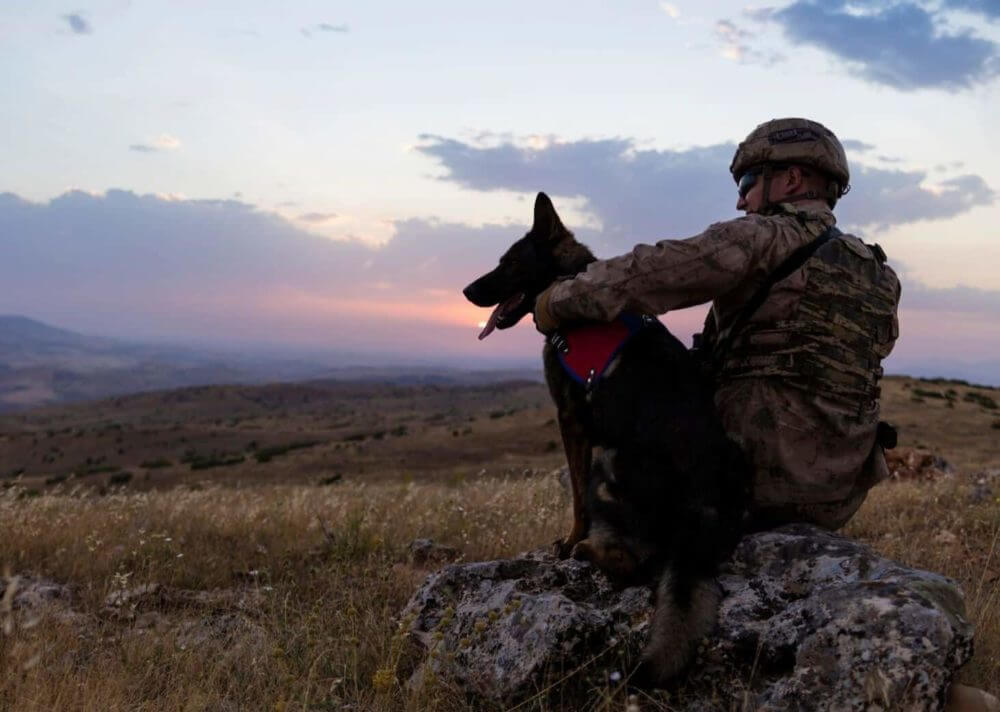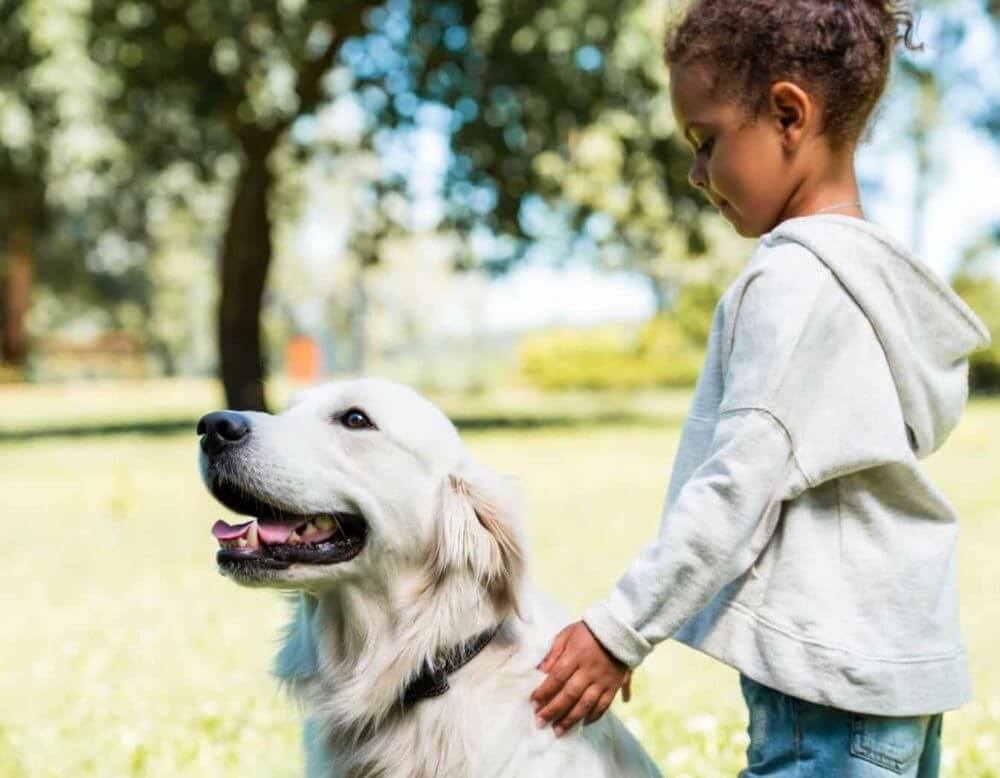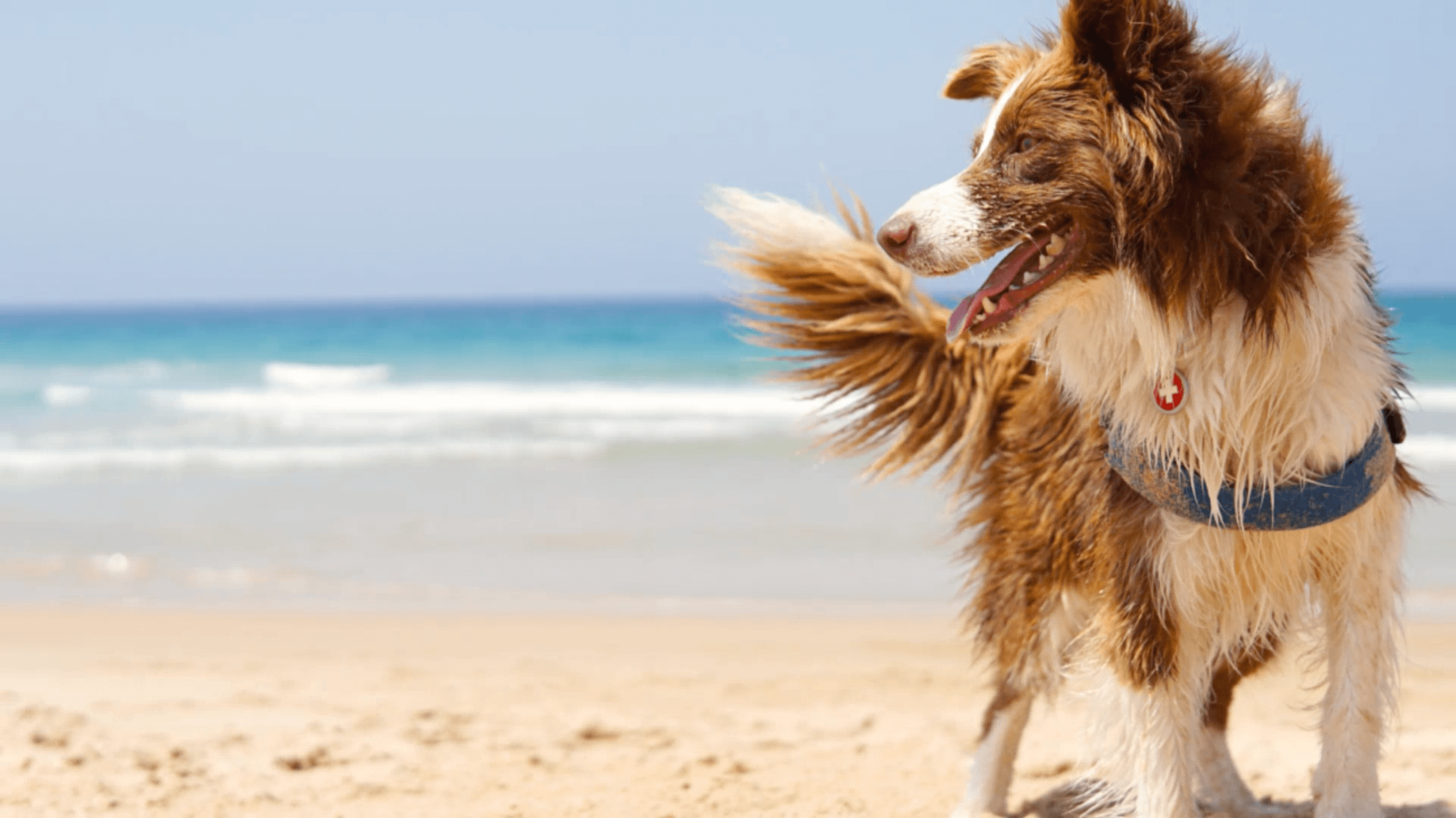On November 11th, we commemorate Veterans Day. This date is a time to remember and honor our military veterans, who have served in the United States Armed Forces. Unlike Memorial Day (held in May), in which we honor those who had fallen on the battlefield; on Veterans Day we honor all who have served in the Armed Forced, risking their lives to fight for peace.
This special date has been chosen after the cease-fire in the 1918 armistice which was scheduled for the 11th hour of the 11th day of the 11th month. That is why on 11/11 there is a traditional moment of silence at 11 am.
War dogs, our furry soldiers
But Military forces are not integrated by men and women only. The U.S. Armed Forced also has other members, who usually don’t get the recognition they should, and our job today is to honor them properly. Yes, your guess is right, we are talking about dogs.
Military four-legged members are essential to helping soldiers, and their job goes beyond performing military tasks.
Working dogs

A working dog is a dog who is suitable by size, breed, or training for being employed in meaningful work. However, it is important to state the difference between these terms:
-
Military dogs: A.k.a. war dogs, they are those dogs who are trained to serve on the battlefield.
-
Service dogs: Dogs who are trained to provide assistance to a person with a disability.
-
Therapy dogs: A dog who is trained to provide affection and comfort to people in hospitals, nursing and retirement, disaster areas, etc.
The first official use of dogs for a military purpose took place in 1816, during the Seminole Wars, but they weren’t recognized as military dogs until World War II. The tasks performed by military dogs are diverse: they patrol, track and detect bombs and weapons, search and rescue soldiers, and attack when they are told to.

5 Things about Military dogs you probably didn’t know
-
Not all dogs can be military dogs. Apart from their breed and training, they must show the right amounts between excitability, discipline, and loyalty. Some dogs are actually left out of the program because they are ‘too loving’. (How cute is that?!)
-
They are trained in bombs, drugs, and weapon detection. Bonus: German Shepherds and Labradors are more accurate in detection than any other military equipment!
-
War dogs can also experience PTSD. Especially when they lose their handler, the grief can be intense and they might need some time to readjust.
-
Almost 85% of U.S. military dogs come from Germany and the Netherlands. Only 15% of war dogs are born and raised in the U.S.
-
Field doctors are now being trained to treat injured K9 on the battlefield. Until recently, dogs who were injured on the battlefield didn’t get medical attention.

The story of Smoky, the War Dog
Smoky is one of the most renowned and honored military dogs of the U.S. She was a small Yorkshire terrier, who was found in 1944 in Nueva Guinea, near a U.S. military base. Even though she wasn’t exactly the kind of dog one expects to join the army, she rapidly showed her potential.
One of her most famous performances took place when she helped run a telephone wire through 70 feet of underground pipe by guiding it to the other side. On that day, she saved the lives of approximately 250 people. Pretty impressive for a four-pound dog, right?
Becoming the First Therapy Dog
She was adopted by Bill Wynne, a 22-year-old photographer who happened to be in the right place at the right time. Not long after that, Wynne caught dengue fever, and he had to be hospitalized. Smoky was right beside him every night, and in the mornings, nurses took her along to patient rounds. Wynne claimed that Smoky was not only good as a military dog, but she also brought joy, happiness, and light to all who were around her, and that there was a complete change of attitude when she entered a room. Can’t say I’m surprised!
After this enlightening episode, Smoky started to help in the recovery of wounded veterans, after World War II, and she became the first therapy dog. She later retired in 1955, and she died in 1957, at the age of 14.
















